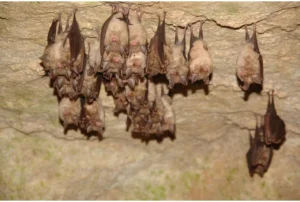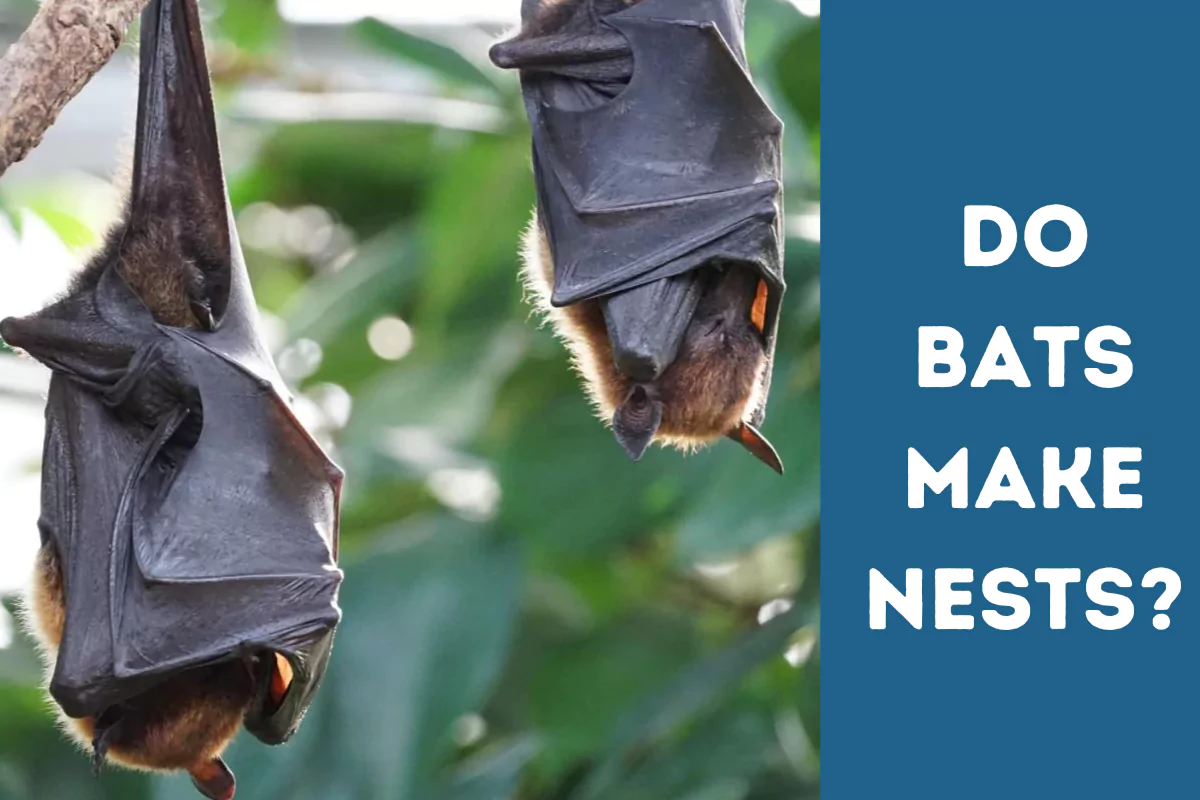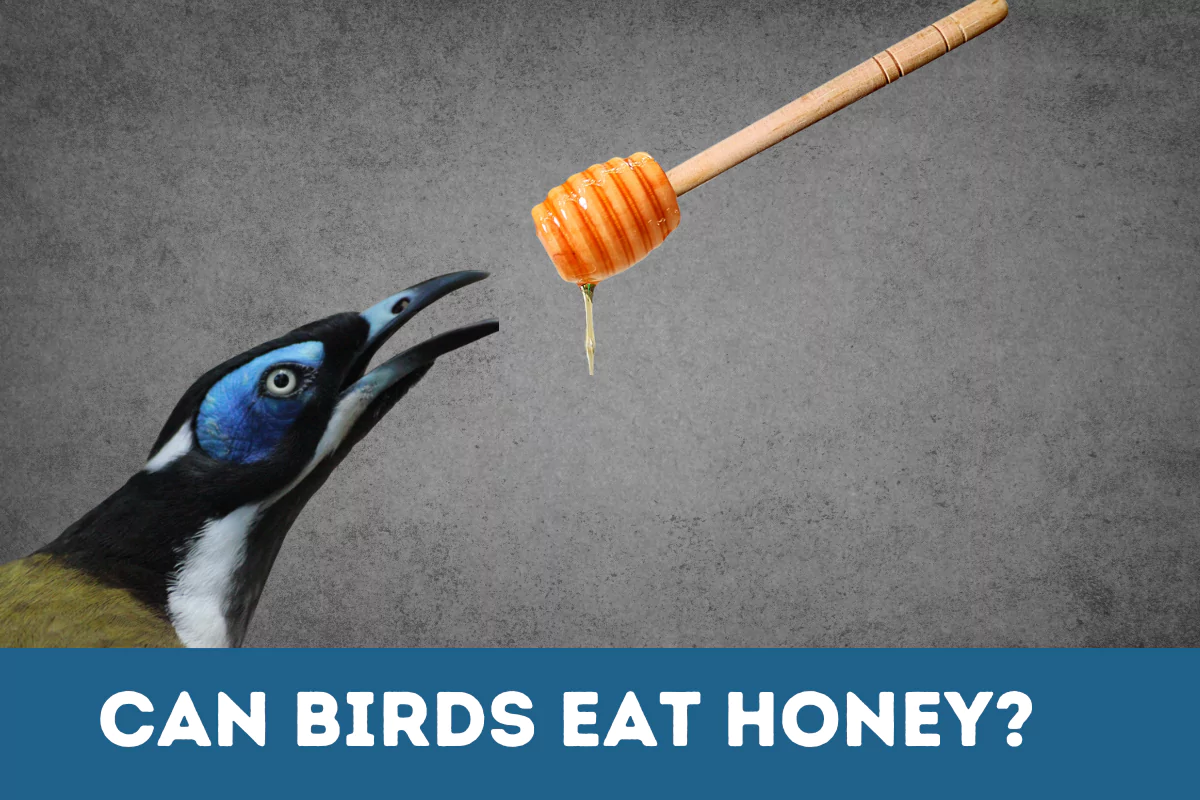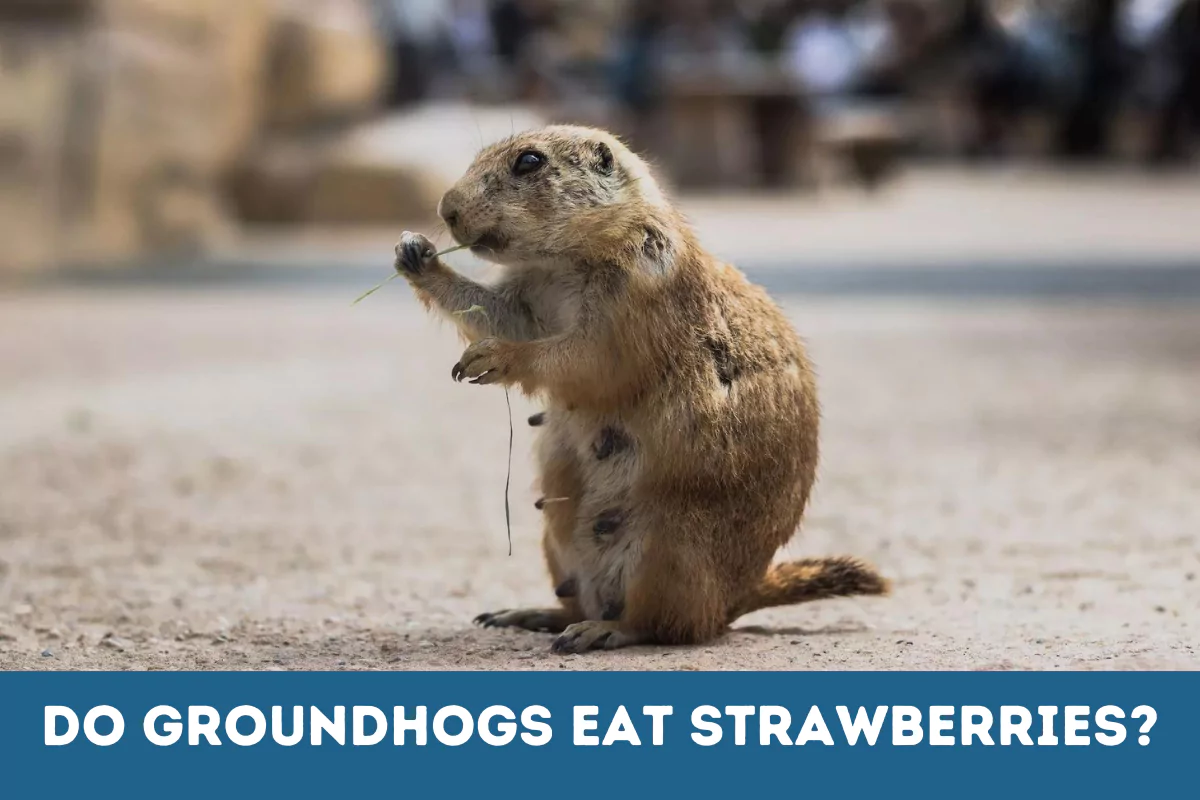Bats are well-known for their unusual ability to fly, echolocation skills, and critical role in pollination and insect control. However, many people are confused about whether bats create nests or not.
Whether you are a nature enthusiast or simply interested in these nocturnal mammals, you may have wondered if bats make nests. In this article, we will dive deeper into bats’ behaviors and their nest practices.
Do Bats Make Nests?
Unlike birds, bats do not construct nests for themselves or their young. They would rather live in roosts, which are natural or man-made structures where they can hang upside down and snooze during the day.
Their roosts can range from hollow trees to caves to buildings with gaps and fractures that offer protection from predators and cold weather.
Bats are not builders, but they are pretty adaptable creatures and can make use of whatever shelter is available to them. So, even though they don’t build nests, they find other ways of creating a safe place for themselves and their babies.
Female bats, for instance, search out warm crevices to give birth and care for their young until they can fly independently. They will form colonies during the breeding season, and depending on the species, these maternity colonies may contain dozens or even hundreds of individuals.
Also Read: Do Bats Eat Spiders?
What Is A Bat Roost?
A roost is any location that a bat utilizes for protection or shelter. Typically, bats only use a roost for a portion of the year, and they are often very loyal to these roosts, returning at the same time each year. Therefore, roosts are protected year-round, regardless of whether bats are present.
Generally, bats don’t damage our buildings for their roosts; instead, they will use structures that are already with cracks and crevices.
Also, bats need different roosting conditions at different times of the year. So, they will often move around to find a suitable roost that meets their needs.

How To Spot A Bat Roost?
Bats prefer dark and secluded areas where they can be protected from predators and bad weather. So, they generally roost in high places, such as attics.
When you have a bat roost in your home, you may occasionally hear small squeaks or scratching noises from the walls, attic, or chimney as the bats venture out at night and return at dawn.
If you suspect bats have made your home their home, the ideal time to look for them is at night. Stay outside your home and watch until they leave. You might also be able to find the point of entry if you do this.
Note: If you spot one bat in your house, there is a good chance that you have more.
Also Read: Do Bats Eat Mice?
What To Do When You Spot A Bat Roost?
As we have discussed, bats roost in a variety of places, such as caves, crevices, and trees; some species even use man-made structures like buildings or bridges as their home.
When you spot a bat roost in your hose, you can contact the wildlife authorities, and they can guide you. If you disturb their roost when bats are hibernating and are very vulnerable to disturbance, they will wake up using their valuable energy stores and may starve before spring.
So, you must act very carefully with them, particularly during the maternity season, which takes place over the summer. As bats typically have only one baby a year, disturbing the mothers can lead them to abandon their young.
Many experts prefer not to perform a bat exclusion during this time of the year as it can potentially trap the baby bats inside.
It is also illegal to do so in some states.
Note: Keep in mind that bats can carry various diseases like rabies. Also, bat feces is very dangerous to inhale.
Conclusion:
As bats and birds both fly, many assume they share other behaviors, such as nesting. Birds are known for building nests to protect themselves and their young. But bats do not build nests; they get creative and use existing structures as their roosts.
Also, bats are mammals, meaning they do not lay eggs. Rather, like all other mammals, bats give birth to live babies. These baby bats are called pups.
By understanding how bats live and interact with their environment, we can better protect these important members of our ecosystem. So next time you see a bat flying overhead, take a moment to marvel at the incredible adaptations that allow them to thrive in our world – and remember that they have the same right on this mother planet as you.
If you like our article, consider sharing this knowledge with your friends or family.
See you in the next one!







